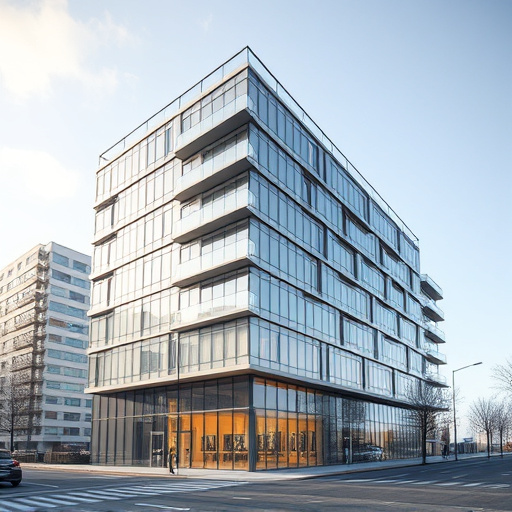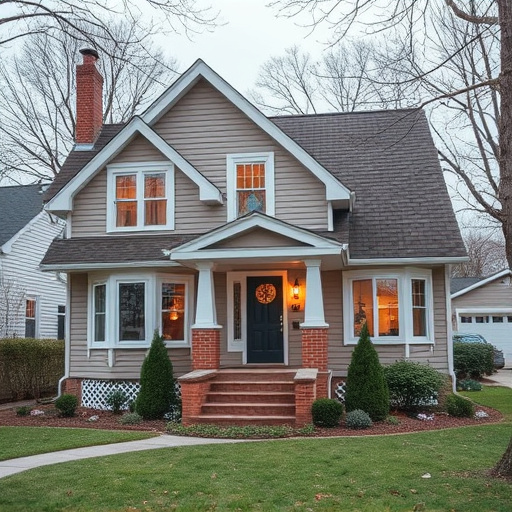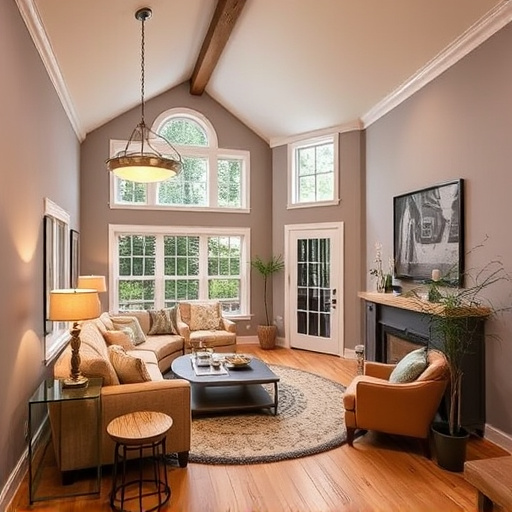Thorough pre-construction planning is crucial for successful construction design, especially in renovations. Early stakeholder involvement prevents delays and fosters collaboration. Advanced technology enables precise 3D modeling and virtual simulations, minimizing errors, streamlining processes, and providing accurate cost and time estimates for reliable project management.
In the competitive world of construction, avoiding costly delays is crucial for project success. Pre-construction design plays a pivotal role in ensuring timely completion and budget adherence. This article explores three key strategies: thorough planning to mitigate risks, integrating stakeholder input early for alignment, and leveraging technology for precise cost estimation. By implementing these practices, construction projects can navigate the complexities with efficiency, minimizing delays and maximizing value.
- Thorough Planning Prevents Costly Delays
- Integrating Stakeholder Input Early
- Leveraging Technology for Precise Estimation
Thorough Planning Prevents Costly Delays
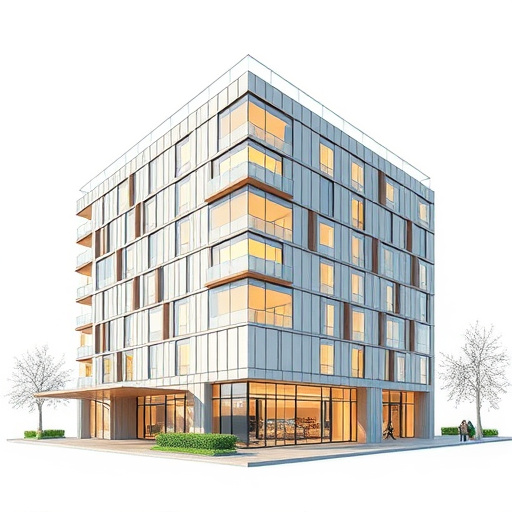
Thorough planning is a cornerstone of successful construction design, serving as the foundation that prevents costly delays during any renovation project, whether it’s a kitchen remodel, multiple room revamp, or exterior painting. Skimpy or hasty planning often leads to problems down the line—from unexpected material shortages to changes in scope that require costly redesigns.
A comprehensive pre-construction design phase involves meticulous detailing, precise cost estimation, and careful consideration of all potential obstacles. By thoroughly mapping out every step from conception to completion, designers and builders can anticipate challenges, streamline logistics, and set realistic timelines. This proactive approach ensures projects stay on track, minimizing disruptions and ultimately saving time and money for all involved parties.
Integrating Stakeholder Input Early
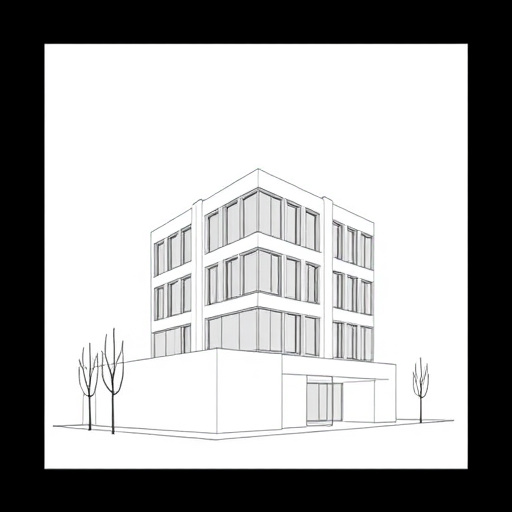
Involving stakeholders early in the construction design process is a strategic move that can significantly mitigate costly delays down the line. This proactive approach encourages open communication and collaboration among all parties involved, from homeowners to contractors, architects, and engineers. By seeking input on site planning, structural considerations, and aesthetic preferences during the initial stages, designers can create a construction plan that aligns with everyone’s expectations.
Early stakeholder engagement ensures that potential issues are identified and addressed proactively. For instance, integrating feedback on desired home additions or renovation services can prevent scope creep later in the project. Similarly, whole house remodels benefit from this approach as it allows for better cost estimation and planning, ensuring a smoother execution process without budget overruns.
Leveraging Technology for Precise Estimation
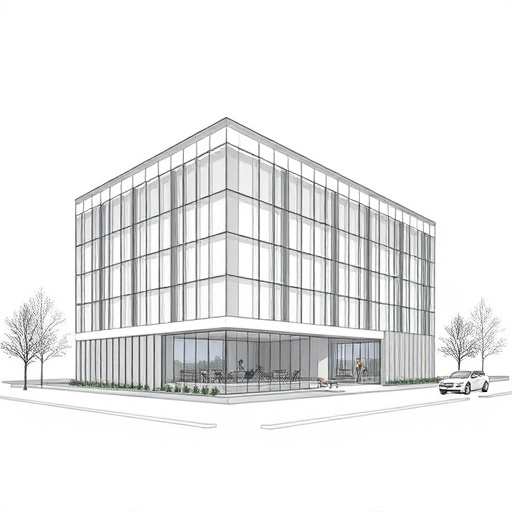
In today’s digital era, leveraging technology is a game-changer for pre-construction design. Advanced software tools enable designers to create detailed 3D models and virtual simulations, providing an accurate preview of upcoming home transformations or exterior painting projects. This allows for meticulous planning and precise estimation, ensuring every aspect of the construction design is accounted for before breaking ground. By minimizing errors and maximizing efficiency, these technological advancements significantly reduce the risk of costly delays during home additions or other renovation projects.
Using data-driven insights from past projects, technology facilitates more reliable cost and time estimates. This means that project timelines are better defined, resources are allocated more effectively, and budgets are set with greater accuracy. As a result, homeowners benefit from smoother, more predictable construction processes, whether it’s for a simple exterior painting job or complex home additions.
By prioritizing thorough planning, early stakeholder involvement, and leveraging advanced technology for accurate estimations, pre-construction design can significantly reduce costly delays. These strategies ensure a smoother project lifecycle, ultimately leading to more efficient and successful construction design outcomes. Implement these practices to stay ahead of the curve and avoid common pitfalls in the construction industry.










